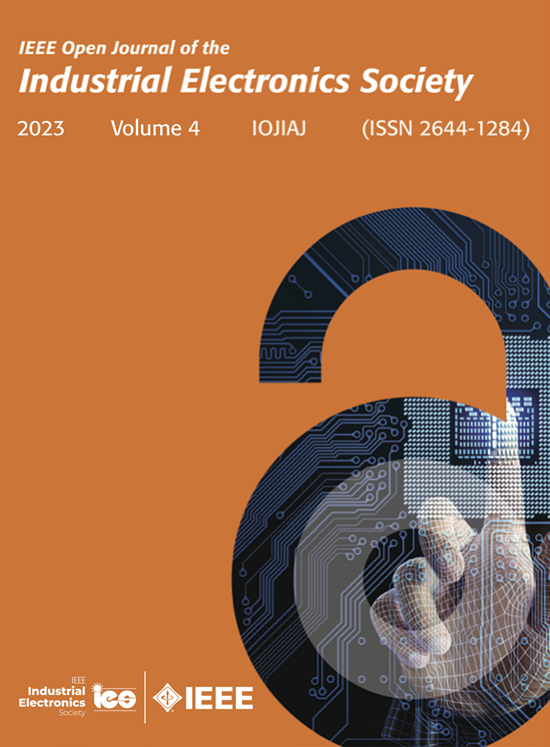Reinforcement Learning Generalization for Quadrotor With Slung Load Systems Through Homogeneity Transformations
IF 4.3
Q1 ENGINEERING, ELECTRICAL & ELECTRONIC
IEEE Open Journal of the Industrial Electronics Society
Pub Date : 2025-04-02
DOI:10.1109/OJIES.2025.3557206
引用次数: 0
Abstract
Load transportation through unmanned aerial vehicles (UAVs), such as quadrotors, has a high potential for quick deliveries to locations that are out of the reach of ground vehicles. The complexity of the pick-and-place procedure in such tasks increases if the target location does not have a clearance at the top, necessitating the use of recent learning-based controllers such as reinforcement learning (RL). This article presents a new concept of dual-scale homogeneity, a property defined by scaled magnitudes and time in transformed coordinates that remain independent of system parameters. It demonstrates that applying transformations to achieve this property ensures consistent performance of a quadrotor with a slung load system (QSLS) despite variations in its parameters. Furthermore, it also presents an effective approach to design a parameter-dependent RL policy that homogenizes the QSLS. Unlike plain RL or gain-scheduled proportional-integral-derivative controllers, which confine parameter variations within a predefined range encountered during training or tuning, the developed approach works under large parameter variations, significantly surpassing the performance of traditional controllers. The conducted experiments on load placement in a confined space, utilizing a quadrotor to manage load swing, proved the proposed synergy between the homogeneity transformations and RL, yielding a success rate of 96% in bringing the load to its designated target with a 3-D RMSE of 0.0253 m.通过同质性变换实现四旋翼飞行器悬挂式负载系统的强化学习泛化
通过无人驾驶飞行器(uav)(如四旋翼飞行器)进行货物运输,具有将货物快速运送到地面车辆无法到达的地点的巨大潜力。如果目标位置在顶部没有间隙,则在此类任务中拾取放置过程的复杂性会增加,因此需要使用最新的基于学习的控制器,如强化学习(RL)。本文提出了双尺度同质性的新概念,它是由变换坐标中与系统参数无关的尺度和时间所定义的性质。它表明,应用转换来实现这一属性,确保四旋翼与悬挂负载系统(QSLS)的一致性能,尽管其参数的变化。此外,本文还提出了一种有效的方法来设计参数相关的RL策略,使QSLS均匀化。与普通RL或增益调度比例-积分-导数控制器不同,这些控制器将参数变化限制在训练或调谐过程中遇到的预定义范围内,所开发的方法可以在大参数变化下工作,显著优于传统控制器的性能。在密闭空间中进行的负载放置实验,利用四旋翼飞行器来管理负载摆动,证明了提出的均匀性转换和RL之间的协同作用,在将负载带至指定目标方面的成功率为96%,3d RMSE为0.0253 m。
本文章由计算机程序翻译,如有差异,请以英文原文为准。
求助全文
约1分钟内获得全文
求助全文
来源期刊

IEEE Open Journal of the Industrial Electronics Society
ENGINEERING, ELECTRICAL & ELECTRONIC-
CiteScore
10.80
自引率
2.40%
发文量
33
审稿时长
12 weeks
期刊介绍:
The IEEE Open Journal of the Industrial Electronics Society is dedicated to advancing information-intensive, knowledge-based automation, and digitalization, aiming to enhance various industrial and infrastructural ecosystems including energy, mobility, health, and home/building infrastructure. Encompassing a range of techniques leveraging data and information acquisition, analysis, manipulation, and distribution, the journal strives to achieve greater flexibility, efficiency, effectiveness, reliability, and security within digitalized and networked environments.
Our scope provides a platform for discourse and dissemination of the latest developments in numerous research and innovation areas. These include electrical components and systems, smart grids, industrial cyber-physical systems, motion control, robotics and mechatronics, sensors and actuators, factory and building communication and automation, industrial digitalization, flexible and reconfigurable manufacturing, assistant systems, industrial applications of artificial intelligence and data science, as well as the implementation of machine learning, artificial neural networks, and fuzzy logic. Additionally, we explore human factors in digitalized and networked ecosystems. Join us in exploring and shaping the future of industrial electronics and digitalization.
 求助内容:
求助内容: 应助结果提醒方式:
应助结果提醒方式:


